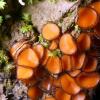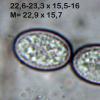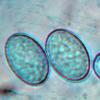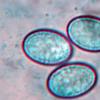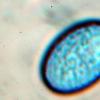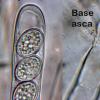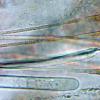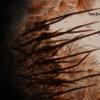
29-06-2020 15:58
De esta mañana, en bosue de hayas y avellanos,

28-06-2020 20:16
 Andgelo Mombert
Andgelo Mombert
Bonsoir, Sur branche morte de Rhamnus alpina, en

16-05-2019 19:53
 Rasmus Riis-Hansen
Rasmus Riis-Hansen
HelloI have found this nice Lachnum on last years

27-06-2020 16:26
Hola. Ejemplares fotografiados el pasado 14 de jun

26-06-2020 20:06
 Andgelo Mombert
Andgelo Mombert
Bonsoir, Par cette chaleur, un petit tour dans un

26-06-2020 08:39
 Marc Detollenaere
Marc Detollenaere
Dear Forum, Could anyone help me with this Nectri
Scutellinia en tierra
Castillo Joseba,
29-06-2020 15:58
Pienso en Scutellinia crinita
A ver que opinais
Saludos
Joseba
Malcolm Greaves,
29-06-2020 22:49
Re : Scutellinia en tierra
Could this be S pilati?
Castillo Joseba,
30-06-2020 07:39
Re : Scutellinia en tierra
gracias Malcolm por opinar
Joseba
Nicolas VAN VOOREN,
30-06-2020 17:09

Re : Scutellinia en tierra
Hard to see clearly the spore ornamentation but probably not S. crinita.
S. pilatii is possible.
You should use the Beñat's key to Scutellinia available here: https://doi.org/10.25664/KEY-0008. There exists a Spanish version.
S. pilatii is possible.
You should use the Beñat's key to Scutellinia available here: https://doi.org/10.25664/KEY-0008. There exists a Spanish version.


